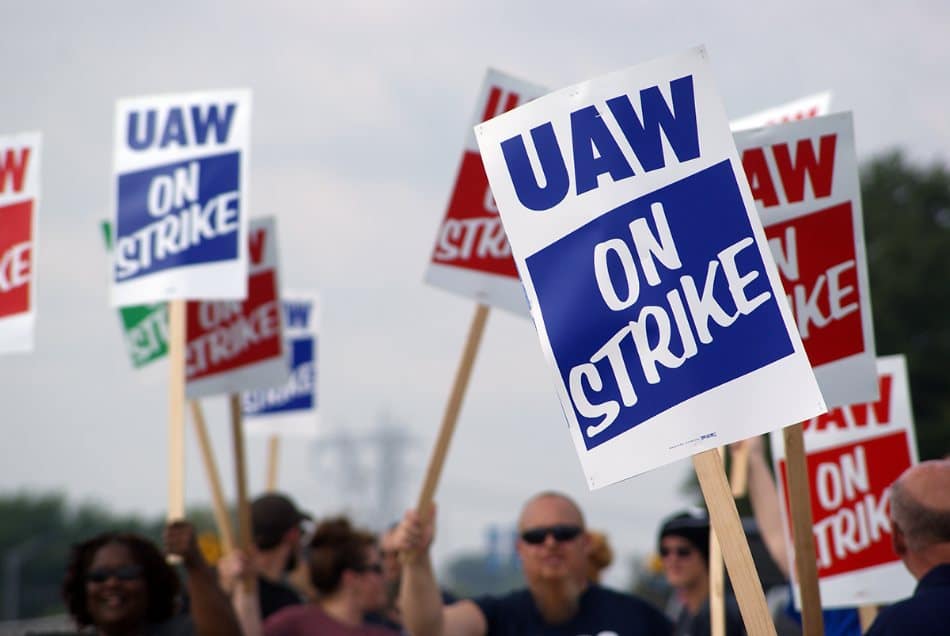Cities With the Highest Percentage of Remote Workers – 2025 Report

Across hundreds of large U.S. cities, a median of 12.5% of workers work from home. But some cities see as many as 3 in 10 workers working remotely, while others maintain a nearly entirely in-person workforce.
Several factors may contribute to this wide variation, including local industries, infrastructure, and demographics. Additionally, the proportion of remote workers in a city can significantly influence its dynamics. Where people spend the majority of their time affects demand for food, transportation, and other amenities. Remote work can free up both time and money for many individuals, allowing them greater flexibility to allocate their resources according to personal preferences rather than commuting needs.
With this in mind, SmartAsset analyzed 349 of the largest U.S. cities, ranking them by the percentage of residents working from home. The study also looked at average commute times for those who don’t work remotely, along with the various modes of transportation they use.
Frisco, Texas leads the nation in remote work, with 34.16% of its workforce—over 40,000 people—working from home. Among those who commute, nearly all drive or carpool, with an average commute time of 30 minutes.
In 22 U.S. cities, more than 25% of the workforce is remote. Among them are Charlotte, NC (29.71%), Arlington, VA (28.60%), Seattle, WA (28.46%), Boulder, CO (28.28%), Austin, TX (28.13%), Scottsdale, AZ (27.71%), Washington, DC (27.28%), Denver, CO (26.05%), Bellevue, WA (25.98%), Portland, OR (25.65%), and Atlanta, GA (25.48%).
Odessa, Texas has the smallest proportion of remote workers among large U.S. cities, with just 1.58% of its workforce—about 1,036 people—working remotely out of more than 65,000 total workers. On average, commuters in Odessa spend 24 minutes driving to work each way.
Among college towns, Cambridge, Massachusetts leads the way in walking commuters, with 21.26% of workers traveling on foot—despite its cold winters. Additionally, 23.32% of Cambridge’s workforce works remotely, ranking it 36th in that category. Berkeley, California follows closely behind with 18.2% of workers walking to their jobs. Notably, Berkeley ranks second overall for remote work, with 31.29% of its workforce working from home.
Approximately 13.37% of New York City’s workforce is remote. Despite this, the city leads the nation in public transit usage, with 47.83% of workers commuting via subways, buses, and trains. Even so, the average commute time remains relatively long at 40.1 minutes.




